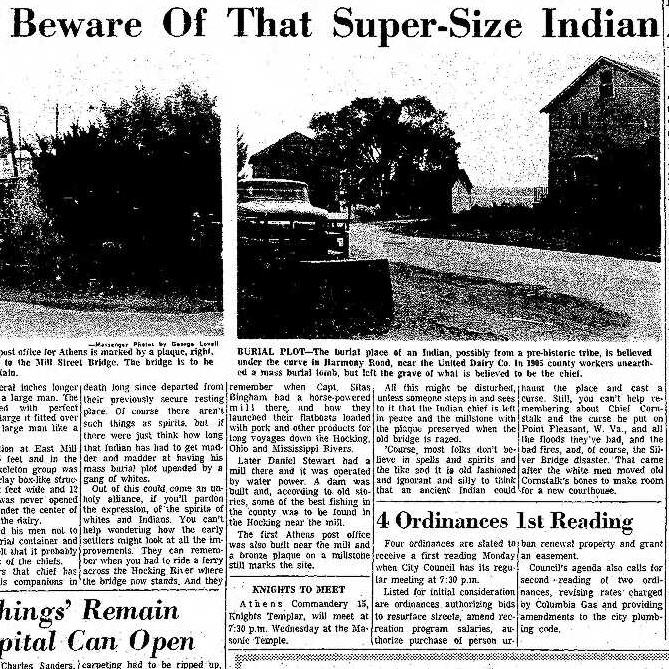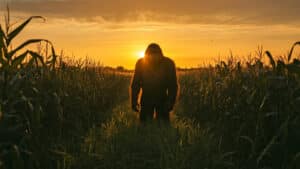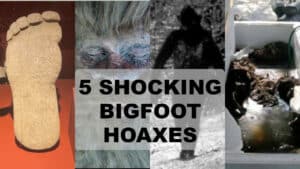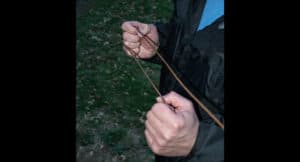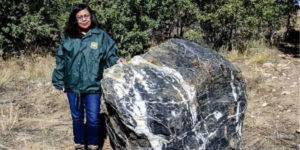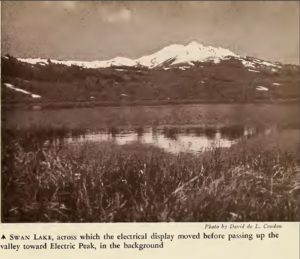Giant Skeleton Burial Mounds Once Dotted The American Landscape
Before the evidence of giant skeletons in America was covered up, stories like these from Athens, Ohio were a regular occurrence. One story that highlights how matter of fact the occurrences were was published in the July 5th, 1970 issue of the The Messenger from Athens Ohio. “Highway Builders, Beware That Super-Size Indian” the headline of the article reads. Here is an excerpt from that article:
The Messenger-Athens, Ohio, July 5, 1970.
Let’s hope the men who are building highways around Athens aren’t superstitious because they just might upset the resting place of a long dead, super-size Indian. This fellow rests under Harmony Road where he curves eastward near the United Dairy. That’s in the area where the Appalachian Highway will join Route 33 and the Stimson Avenue extension will cross the Hocking River over the structure that will replace the old East Mill Bridge. Now we really don’t know if the guys with bulldozers and drag lines and earth movers are going to dig up that part of Harmony Road, but if they do, then let them be warned. Resting under that curve is believed to be an Indian whose companions were eight feet long, and he might be larger.
Back in 1905 a county highway crew was working on Harmony Road when a large mound stood in their way, so they began excavating the obstacle and soon uncovered a burial place containing 32 skeletons. Thurman Knox was the foreman and he related the story years later to the late C. H. Harris of The Messenger, telling him the skeletons were more than eight feet tall. He also told of the workers finding arrowheads and huge clay bowls used for cooking. Over the entire mound was a foot thick layer of plastic clay in which gravel was mixed. This formed a protective covering over the entire mound, making it impervious to rainfall. Supporting this roof were clay columns of the diameter of a barrel and set on top of each other.
Knox told Harris that when the bones of 32 men were uncovered, all but one disintegrated to dust when exposed to air. One skeleton, of a man between eight and nine feet tall was recovered almost intact. The bones of the forearm, partially eaten away, were still several inches longer than those of a large man. The jawbone, filled with perfect teeth, was so large it fitted over the jaw of a large man like a mask. The excavation at East Mill went down 15 feet and in the center of a skeleton group was found a hard clay boxlike structure about six feet wide and 12 feet long. It was never opened and now lies under the center of the road near the diary. Knox ordered his men not to disturb the burial container and the workers felt that it probably held the bones of the chiefs.
Who Were The Mound Builders?
The million dollar question that remains unanswered is who these mound builders were and were they giants. City and mound construction dates from 3,000 to 6,000 years ago and modern Native American culture seems to have little in common with those that were on this land earlier.Some Native American legends speak of the giants that were there when they arrived and how they eventually wiped them all out. This to me indicates a completely separate race that occupied the Americas prior to the coming of what we know as Native Americans.
The internet is a sea of stories and false news about Smithsonian destroying giant skeletons, making it difficult to discern fact from fiction. However, the question remains, where did all these skeletons go. Many claim that the were shipped to the Smithsonian archives where they likely are buried today in our vault of American secrets. Think of it as America’s Vatican sub-basement vault.
Will we ever know if the stories about giant humans roaming the Americas is true? Time will tell. Perhaps at some point someone will open a forgotten mound and we will get the proof we need before it is covered up once again.

